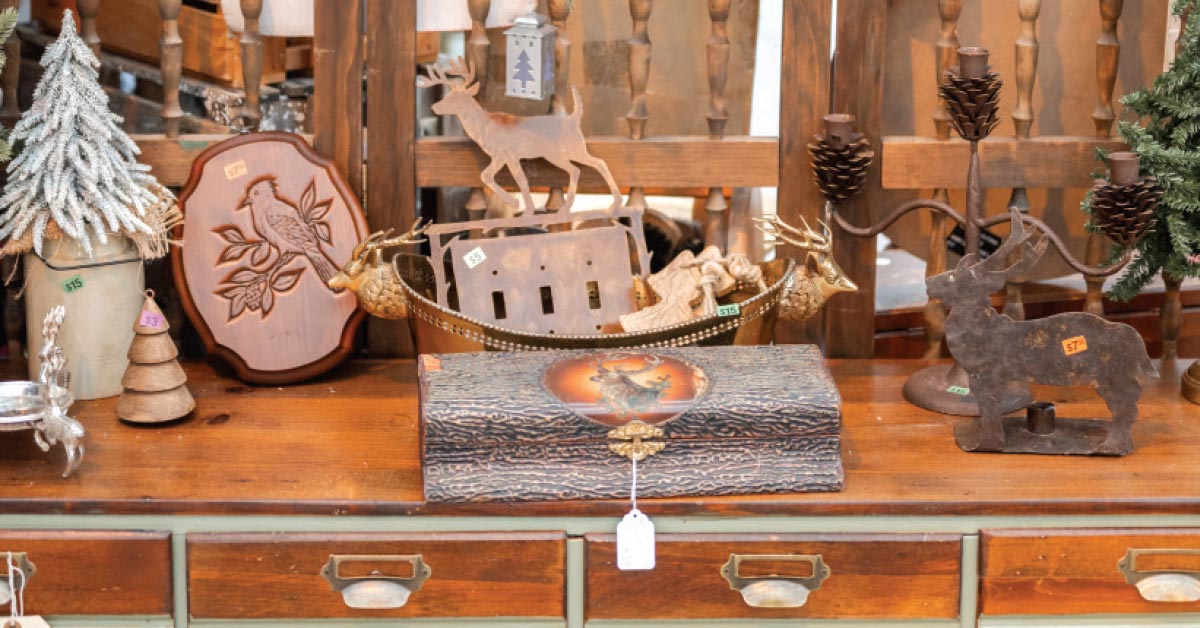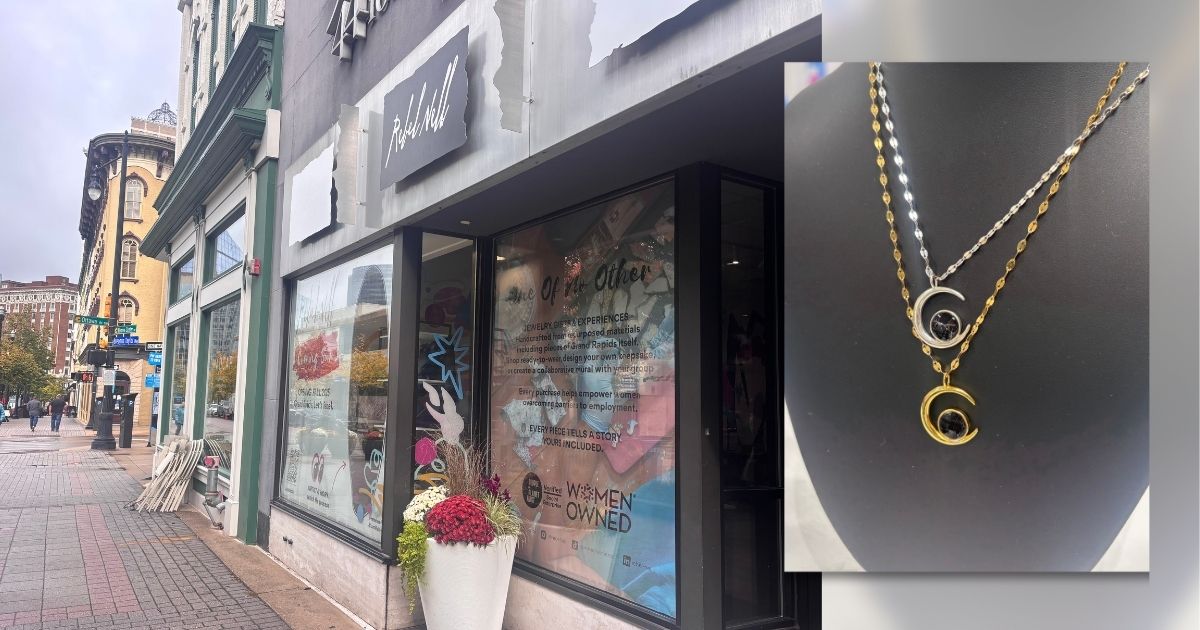I was first introduced to clean beauty about two years ago by my sister-in-law. Before that time, I really had no idea about the potentially dangerous substances in my everyday skincare and makeup.
I've never been a girly girl. I grew up as an athlete wearing minimal makeup. For years, I only used Oil of Olay lotion, mascara, concealer on blemishes if needed, and was a little bit of blush type of gal. Plain Jane, no shame! I never thought too hard on my choices of makeup, especially when I was a broke college student. My makeup and skincare product choices generally came down to what was the cheapest at the local drugstore. And despite my ongoing breakouts and terribly dry and flaky skin, I continued this regimen for years.
But when I started to hear more and learn more about some of the scary ingredients in my makeup and skincare, I started to rethink my choices. As I neared my late 20s, I also started to think about what my skin might look like if I continued down the current trajectory in 10 or 20 years. I started to ask myself: "Are these poor-quality products REALLY helping my skin?" Or in other words, are they even worth the $5-10 I spend every other month or so to potentially further harm my skin?
Hint, hint: No!
My initial impression of clean beauty was that it MUST be expensive. Better quality products mean $$$$ and I began to wonder if I could even afford using "cleaner" beauty products. Short answer? Yes. I (and YOU!) am worth the few extra bucks to have better skin, not to mention just better overall health. In reality, the clean beauty movement is spreading. There are more and more products coming out all the time. And from what I've learned, you can spend an arm and a leg on clean beauty products, or you can spend middle of the road or even relatively the same as what you were paying for your crap products before. The cost truly varies but I think it's fair to say you can satisfy any budget and still use clean beauty products.
Let's talk about a few ingredients of concern in beauty or skin products:
• Parabens: Often used to prevent growth of bacteria or mold. Found most commonly in shampoo, face cleanser, body wash, body lotion, and foundation.
• Phthalates: Used to make products more pliable or help fragrances stick to skin. Most commonly found in synthetic fragrance, nail polish, hairspray, and plastic containers.
• Polyethylene glycol (PEG): Most often used in cosmetics as thickeners, solvents, softeners, and moisture-carriers. Often found in creams, sunscreen, and shampoo.
• Retinyl Palmitate: This ingredient uses palmitic acid and retinol (vitamin A), which when combined with sunlight has been found to cause skin lesions and photosensitization.
• Synthetic Fragrances: Synthetic fragrances are often manufactured using any 3,000+ chemical ingredients, some of which include hormone disrupters and allergens. Most fragrance companies don't have to list the specific chemicals used in the fragrance because it may expose their trade secrets, which is why these chemicals aren't listed on the label. Found in most cosmetics that have any specific scent.
• Triclosan: An antimicrobial agent often used in toothpaste, body wash, hand sanitizers, or soaps.
So, what's so concerning about these ingredients?
Many of these ingredients have been shown to disrupt the endocrine system and wreak havoc on your hormones long-term. And this list is not all-inclusive ... yikes! Endocrine disrupters like the ones listed above have shown to interfere with hormones, such as the thyroid, estrogen, testosterone, and insulin. Hormone disrupters can make you more susceptible to gaining weight by affecting the appetite, metabolism, and encouraging fat cells to grow and multiply. Some of them have also been linked to infertility, early puberty, attention deficit disorders, insulin resistance, cardiovascular disease, liver disease, and cancer. Um, no thank you!
This is why I started to slowly transition over to clean beauty products. I hate wasting, so I try to use up what I have on hand first and as I start to run out, I incorporate new clean beauty products into my skincare or makeup routine. My top two favorite clean skincare lines at the moment include Beautycounter and Cocokind, but I plan on continuing to try new products as needed.
I've noticed less is more when it comes to my skin. Simple ingredients actually fare better for my skin. Overall, I've had better all-over hydration and fewer breakouts since changing over to clean skincare products. For that reason alone, I highly recommend trialing out a few clean products, especially if it could also mean less effects on your hormones and overall better health.
Remember small changes make a BIG IMPACT long term, so start small and don't feel overwhelmed. These things take time. I think it's fair to say we as women can feel very attached to our skin care routine and get nervous when thinking about rocking the boat. Start with swapping out one or two products and build from there. Utilize resources like the Environmental Working Group's Skin Deep Database to help guide you in your choices. This database ranks over 80,000 products and can help guide you on which products are safest. Now I want to hear from you! What are some of your favorite clean beauty products?
REFERENCES:
• https://www.beautycounter.com/the-never-list
• https://www.ewg.org/skindeep
• https://www.ncbi.nlm.nih.gov/pmc/articles/PMC6126357/
Liz Bissell is a native Grand Rapids dietitian dedicated to bringing better health to the people around her using holistic approaches. Her website Liz Bissell Wellness (lizbissellwellness.com) specializes in women's health, optimizing fertility and balancing one's hormones through nutrition, and deliciously healthy recipes to enjoy.
This article was republished with permission and originally appeared at Liz Bissell Wellness.




